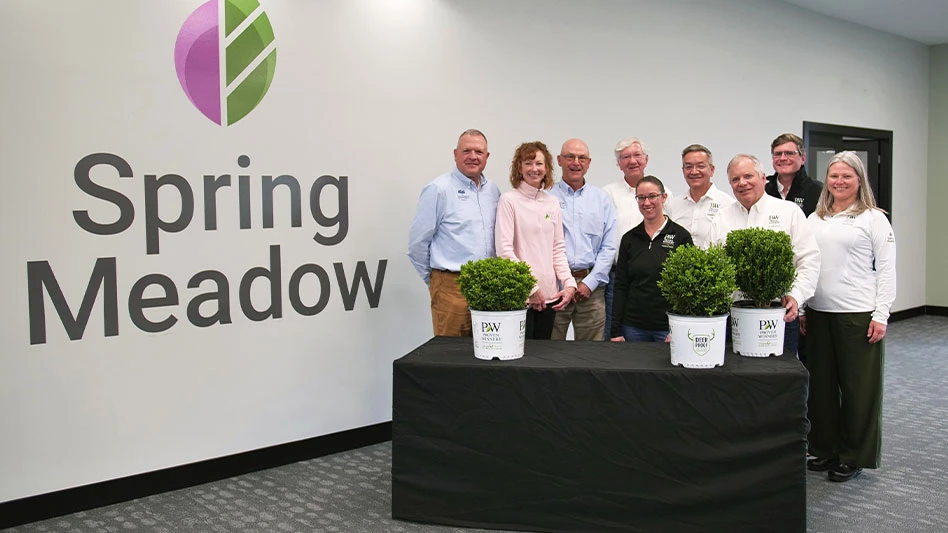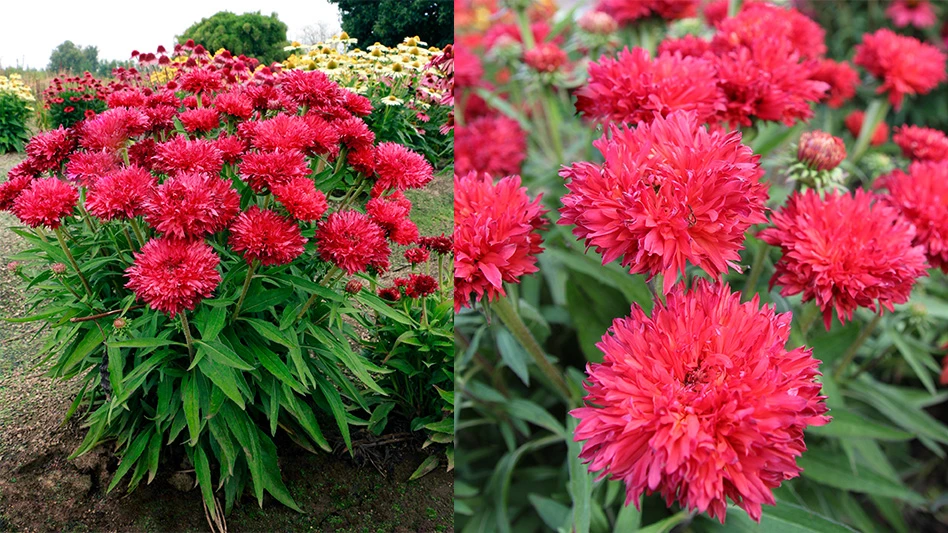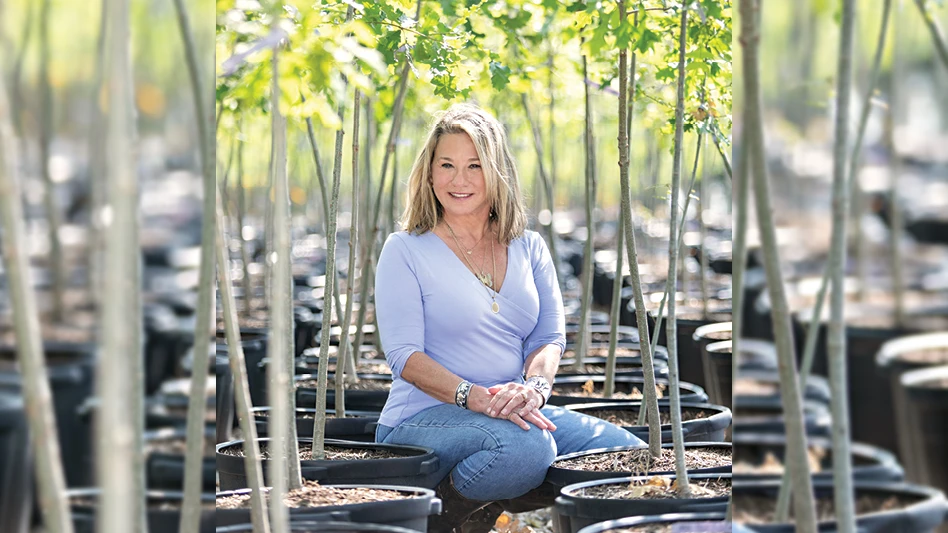
In the context of my landscape consultations and designs over the last 35 years, I occasionally run across a plant that makes me feel guilty for not having used it more often. Sweet fern (Comptonia peregrina) is one such woody shrub. This member of the Myricaceae (laurel) family, while a densely colonizing plant, is an excellent candidate for poor, but well-drained soils. While preferring sandy, acidic loams, it will also tolerate a wide spectrum of soil types to include very dry, sandy locations, high pH soils and wet, well-drained locations (it despises heavy clay). The narrow, deeply notched, glossy, dark green leaves give a “ferny” look to this uniformly mounding shrub featuring multiple stems with loose spreading branches that will ultimately reach 2-5 feet tall and 4-8 feet wide. The fern-like foliage is pleasantly fragrant when brushed or crushed and will transition to a decent, bronzy-yellow in fall.
Native to a broad range of northeastern North America to include New England states, north into Canada, south to Georgia and west to Minnesota, this species is bone-hardy in tough winters. Spreading by rhizomatous roots to form lush colonies in full sun or part shade, sweet fern, although not a legume, is also a “nitrogen-fixer” due to root nodules that house specialized bacteria. It also has no significant insect or disease problems. The early, inconspicuous yellow-green flowers and subsequent burr-like seed capsules are secondary to the textural foliage. The bristly seeds are eaten by cedar waxwings and mourning doves although the foliage is rarely browsed by deer or rabbits.
I’ve seen excellent use of this plant in northern climates on slopes and embankments where it offers interest but functional erosion control as well. Additionally, sweet fern has applicability in rain gardens and is the larval host plant for numerous moths and the gray hairstreak butterfly in its northern range. I found that avoiding deep shade and poorly drained, clay soils are the only serious considerations for placement as this underutilized (and unfortunately, not readily available) woody plant is engineered to thrive and succeed in tough locations. It can be challenging to transplant and is most commonly propagated by root cuttings. I hope to get reacquainted with this garden stalwart soon.
Mark Dwyer is currently the Garden Manager for the Edgerton (WI) Hospital Healing Garden after 21 years as Director of Horticulture at Rotary Botanical Gardens (Janesville, WI). He also operates Landscape Prescriptions by MD, a landscape design and consultation business. mcdwyer@zoho.com

Explore the March 2025 Issue
Check out more from this issue and find your next story to read.
Latest from Nursery Management
- The HC Companies, Classic Home & Garden merge as Growscape
- Eason Horticultural Resources will now officially be known as EHR
- BioWorks receives EPA approval for new biological insecticide for thrips, aphids, whiteflies
- Ellen Mackenbach-Lakeman appointed new CEO of Dümmen Orange
- Southern Garden Tour sets 2025 dates for trial garden open houses
- New book explores plants that thrive in Rocky Mountains
- American Floral Endowment establishes Herman Meinders Memorial Tribute
- These companies are utilizing plastic alternatives to reduce horticultural waste




